Barbie has been a household staple for as long as most people can remember. The collection of Barbie dolls I had growing up was a collection of the dolls my mom had bought my sister and I, the dolls my mom had growing up and the dolls my grandmother had growing up. Three generations of Barbie dolls sat in my room. Three generations of Barbie dolls helped to shape my idea of womanhood.
The bulk of Barbie dolls I saw growing up were what you normally think of when you think of Barbie dolls-- the fashionistas, the beach girls, things like that. However, when I was a little older, I got one doll and absolutely lost my mind over how much in love with it I was. It was a pediatrician Barbie. It was what I wanted to be when I grew up. It was the first time I remember Barbie or one of the Barbie sets being sold as a scientist or doctor or something other than "girly."
Then, last year, I broke down crying in the Barbie aisle of a Target because they were selling an "all female ticket" set. It was two Barbie dolls in professional clothing running for president and vice president, respectively. I hadn't seen a Barbie in a while and suddenly seeing such progressive dolls when they usually tend to be more stereotypical made me lose it.
Then I started seeing Barbie's vlogs pop up on my Twitter timeline, so I started to look into what Barbie was up to nowadays.
Mattel has introduced the "Fashionistas" to the Barbie collection. This collection consists of Barbie's of different shapes, including plus sized Barbies, and Barbies with different skin tones. It also introduces different Ken dolls. They have three different Ken body types-- original, broad and slim. Ken dolls also now come in different skin tones. This is a big change for Barbie. The first dolls of color I remember seeing from Barbie were the MyScene dolls. They were multi-ethnic, and people said the resembled the Bratz dolls.
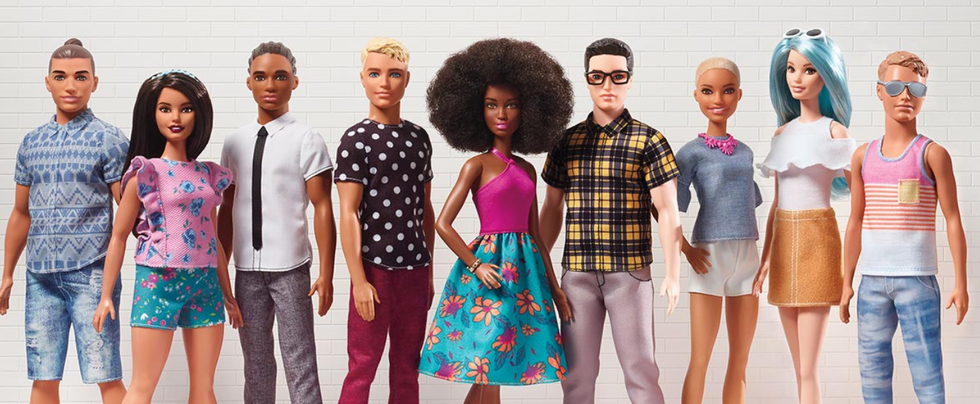
However, up until now, I don't remember seeing any dolls of different sizes. The move to make Barbies in different sizes is a big one, considering Barbie's size is one of the most iconic things about her. Having little girls and young teens seeing their sizes being represented is huge in promoting body positivity and acceptance from a young age. It can also help to reduce the need younger girls have to attain a doll-like figure.
They have also introduced a Role Models line, consisting of powerful and inspirational women from all over the world. Some of the dolls include Frida Kahlo, Patty Jenkins, Bindi Irwin, and Katherine Johnson.

Barbie is also now a vlogger. At first, I thought this was just going to be a cheap way for the company to appeal to younger kids and get in on the trends, but once I sat down and watched a few of them, I was really impressed. The vlogs depict Barbie as a teenager living in Malibu. They are filmed in her bedroom and sometimes feature her friends or her boyfriend, Ken of course. They're animated (but a lot better animated than the old Barbie movies). There are some that are just basic YouTube trends like "My Boyfriend Does My Makeup," and "10 Things About Me," but there are also some deeper ones.
She has some that discuss the "dream gap," the time when girls between the ages of 6 and 7 start to doubt their intelligence. She also has some about the sorry reflex, making our voices count, mental health and so much more. Considering that they could have used this Barbie vlogging idea to just make a quick buck, but have instead used it to encourage young girls and teach them valuable lessons, shows you what the company is about.



 Photo by
Photo by 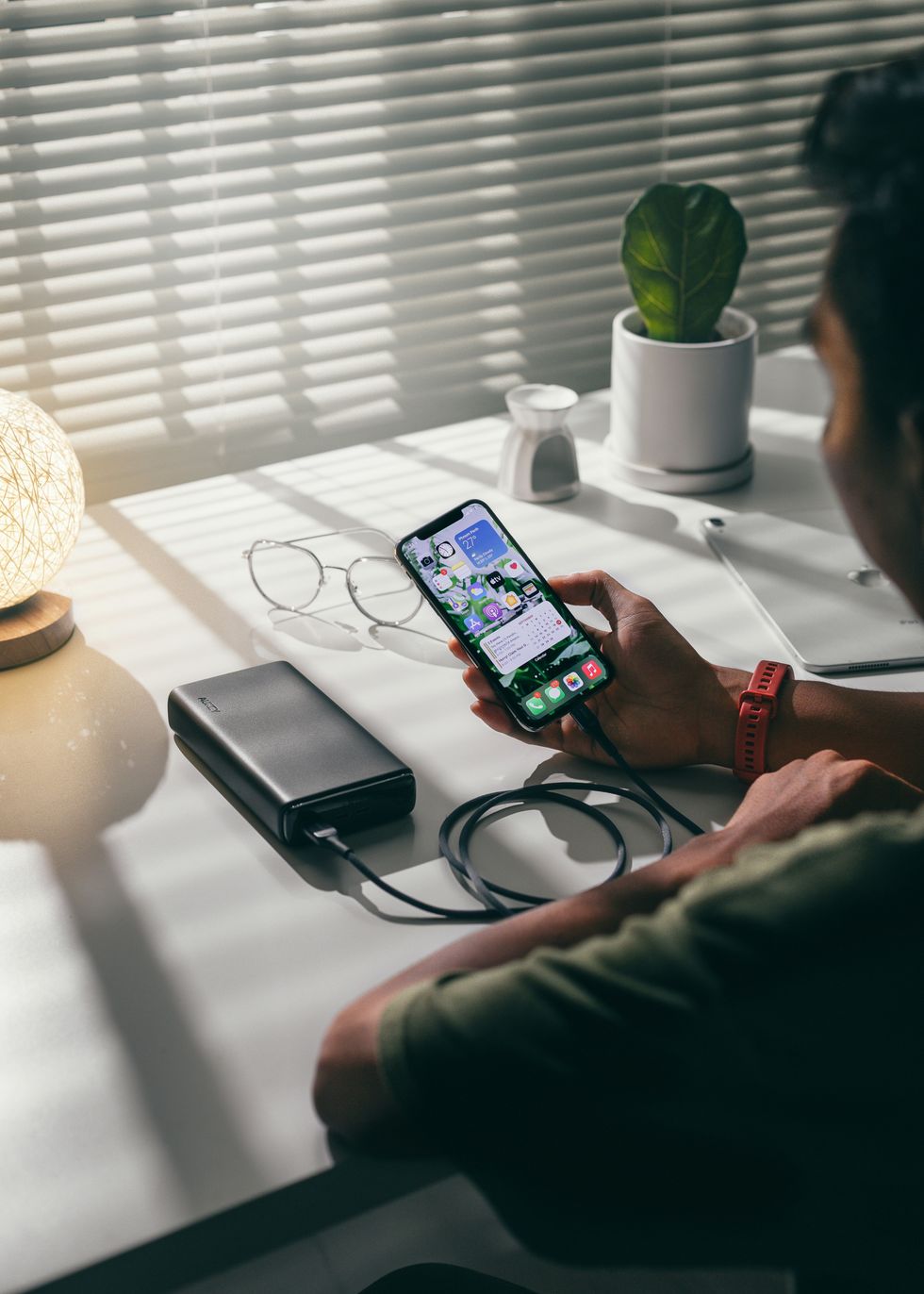 person holding black smartphone on white textile
Photo by
person holding black smartphone on white textile
Photo by 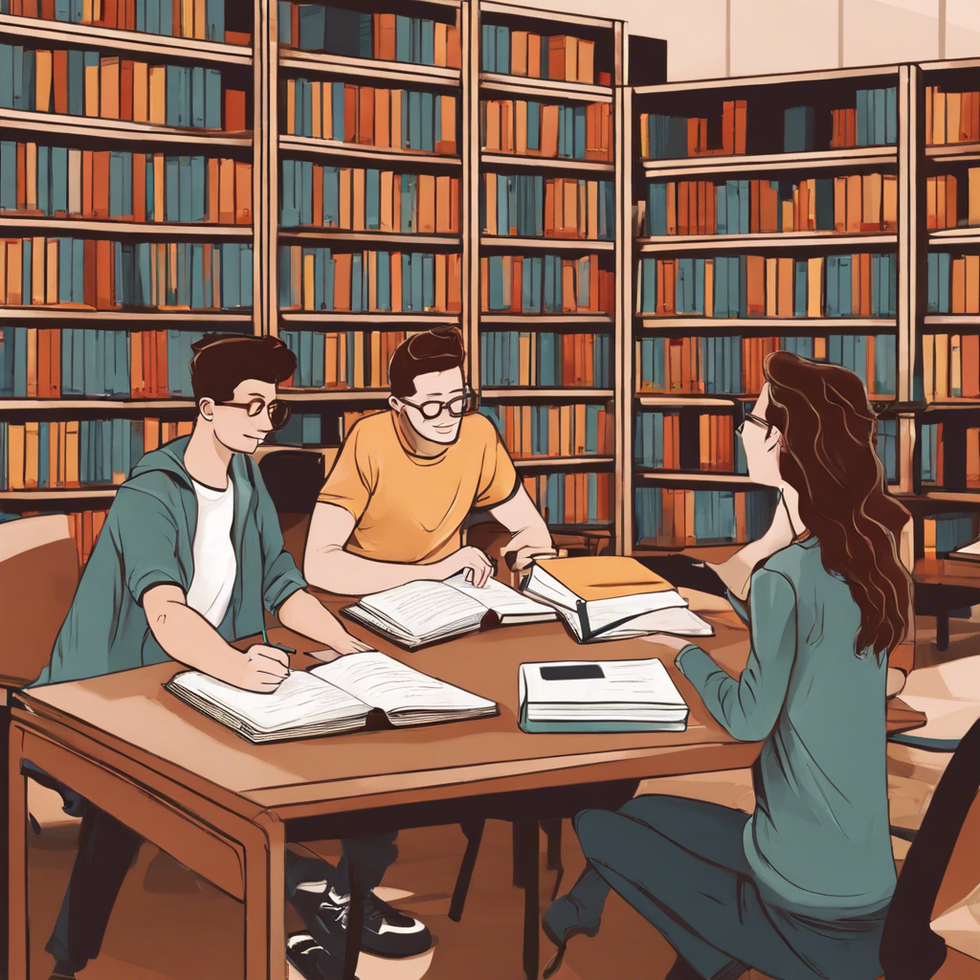 StableDiffusion
StableDiffusion
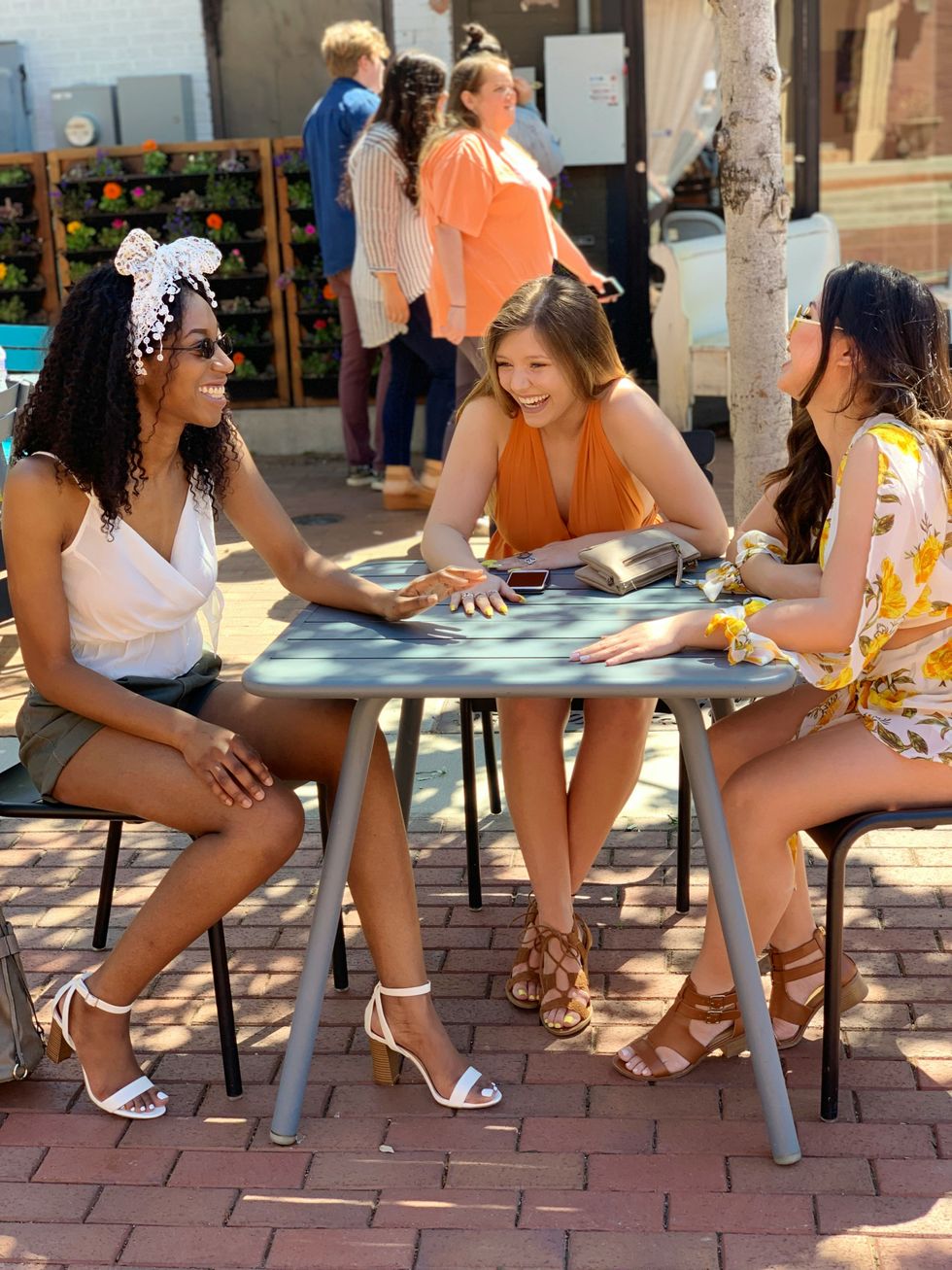 Photo by
Photo by  Photo by
Photo by 
 roommate as a therapist
StableDiffusion
roommate as a therapist
StableDiffusion
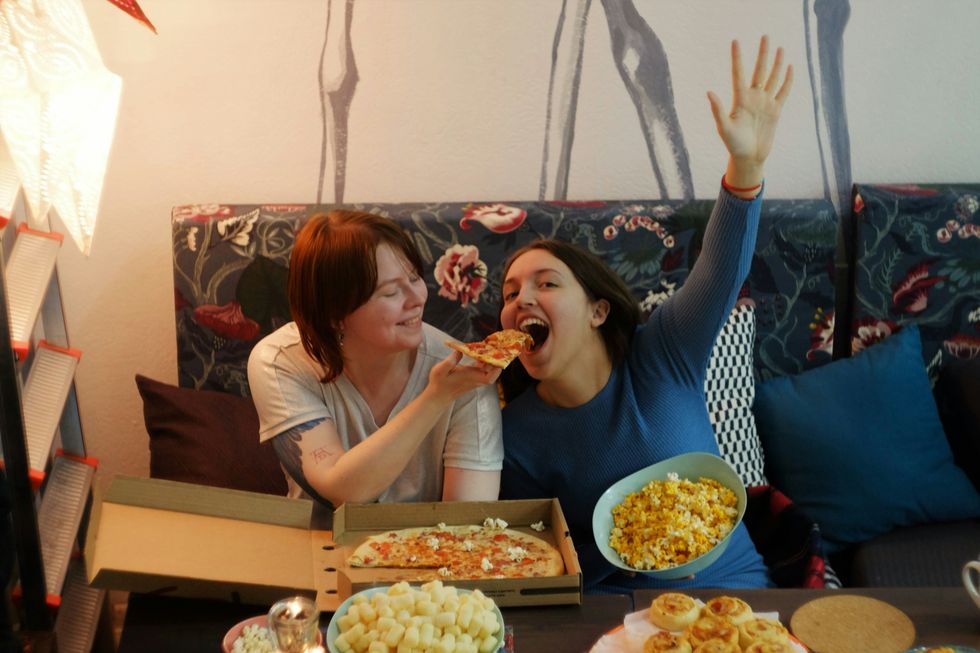 woman in white shirt eating pizza
Photo by
woman in white shirt eating pizza
Photo by  person holding remote pointing at TV
Photo by
person holding remote pointing at TV
Photo by  person holding assorted clothes in wooden hanger
Photo by
person holding assorted clothes in wooden hanger
Photo by 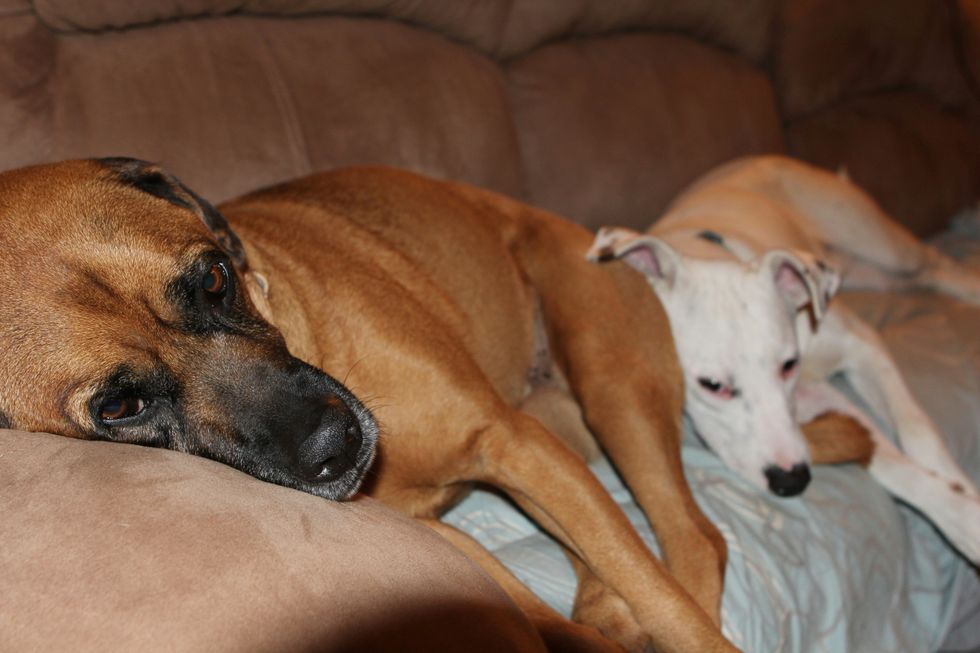 a couple of
a couple of  friends cleaning apartment
StableDiffusion
friends cleaning apartment
StableDiffusion
 man driving car during golden hour
Photo by
man driving car during golden hour
Photo by  bacon strips and melted cheese topped fries on oval white and blue platter with gray stainless steel forks
Photo by
bacon strips and melted cheese topped fries on oval white and blue platter with gray stainless steel forks
Photo by 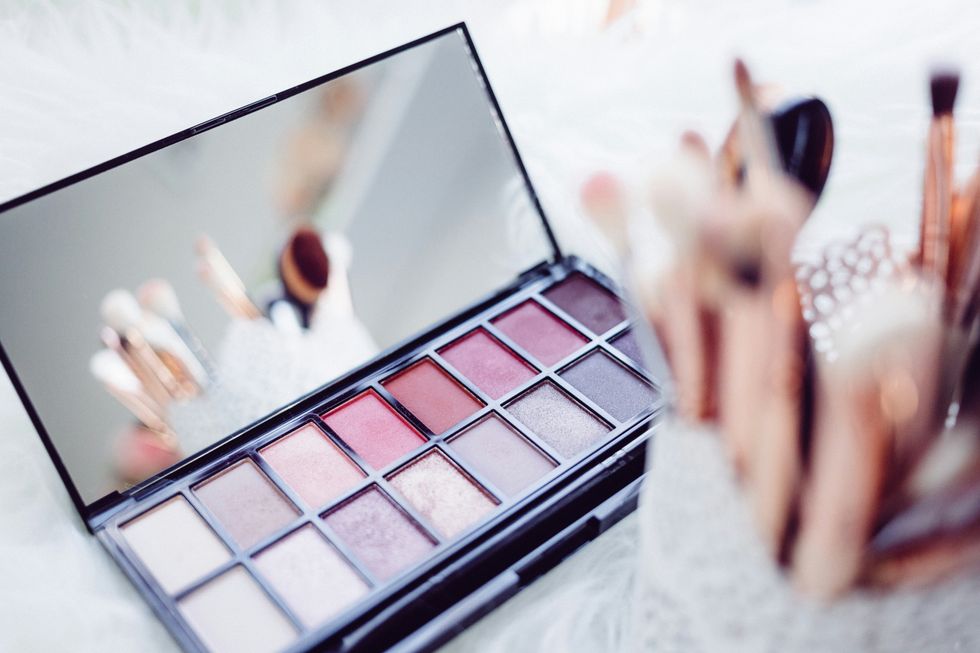 selective focus photography of eyeshadow palette
Photo by
selective focus photography of eyeshadow palette
Photo by  brown wooden framed white padded chair in between green indoor leaf plants inside bedroom
Photo by
brown wooden framed white padded chair in between green indoor leaf plants inside bedroom
Photo by 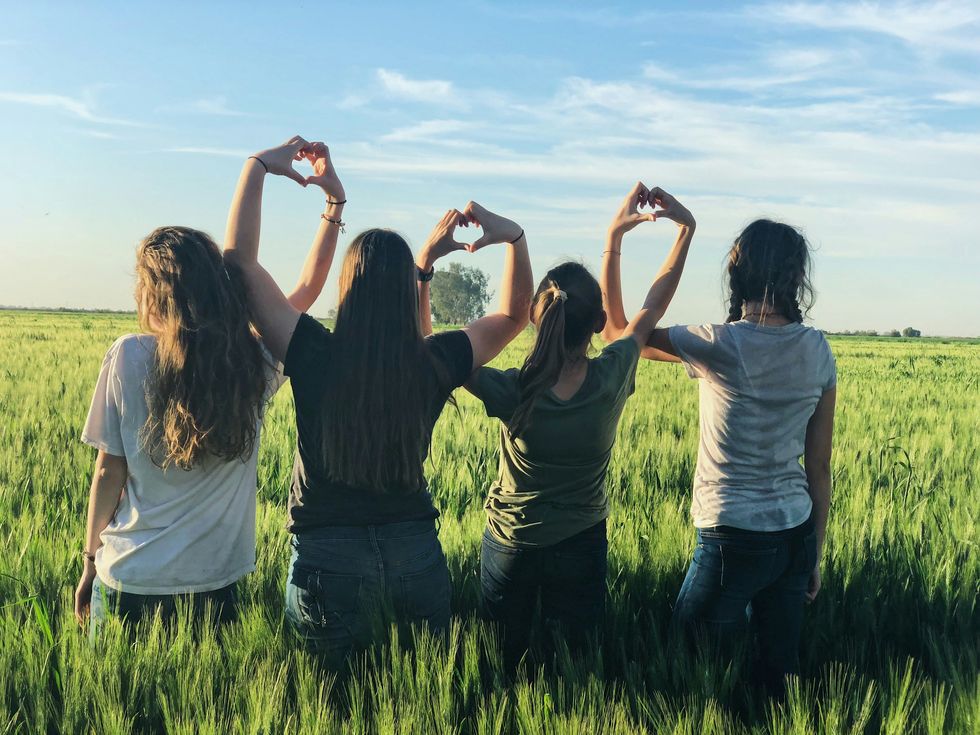 women forming
women forming  taking
taking  man in red polo shirt pouring wine on clear wine glass
Photo by
man in red polo shirt pouring wine on clear wine glass
Photo by  woman in black jacket standing on road during daytime
Photo by
woman in black jacket standing on road during daytime
Photo by 
 StableDiffusion
StableDiffusion
 StableDiffusion
StableDiffusion
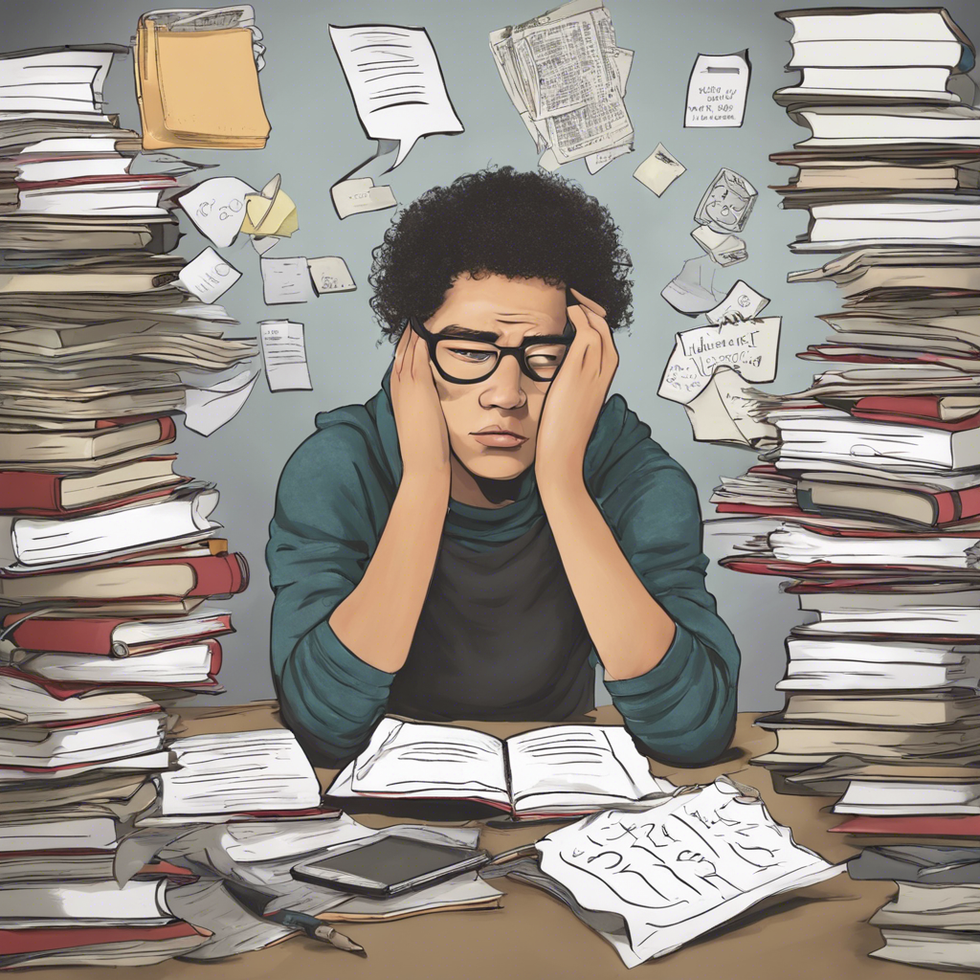 student thinking i shouldnt have procrastinated all semester
StableDiffusion
student thinking i shouldnt have procrastinated all semester
StableDiffusion
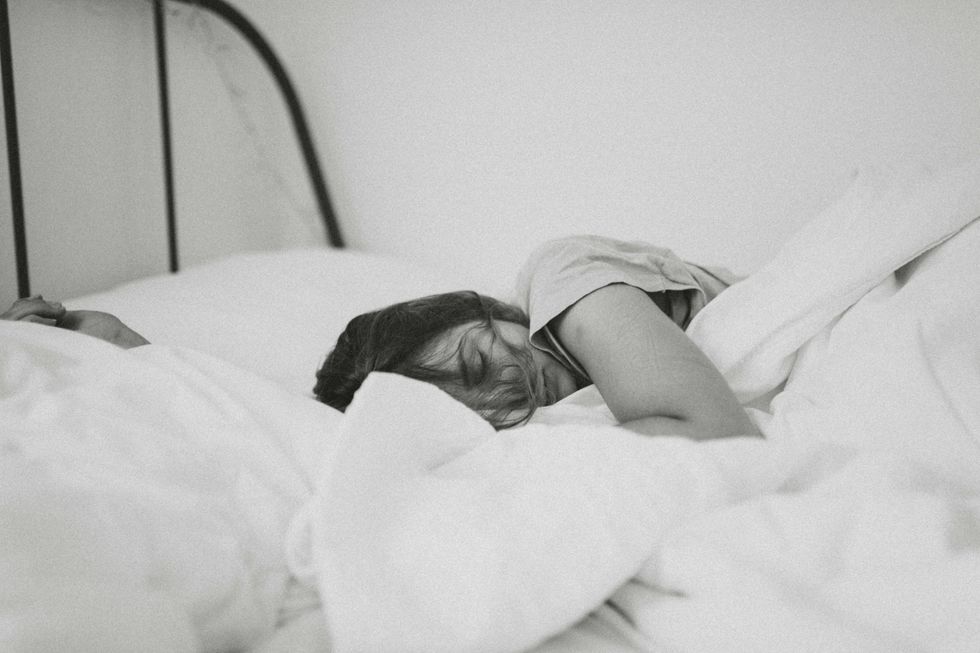 Photo by
Photo by 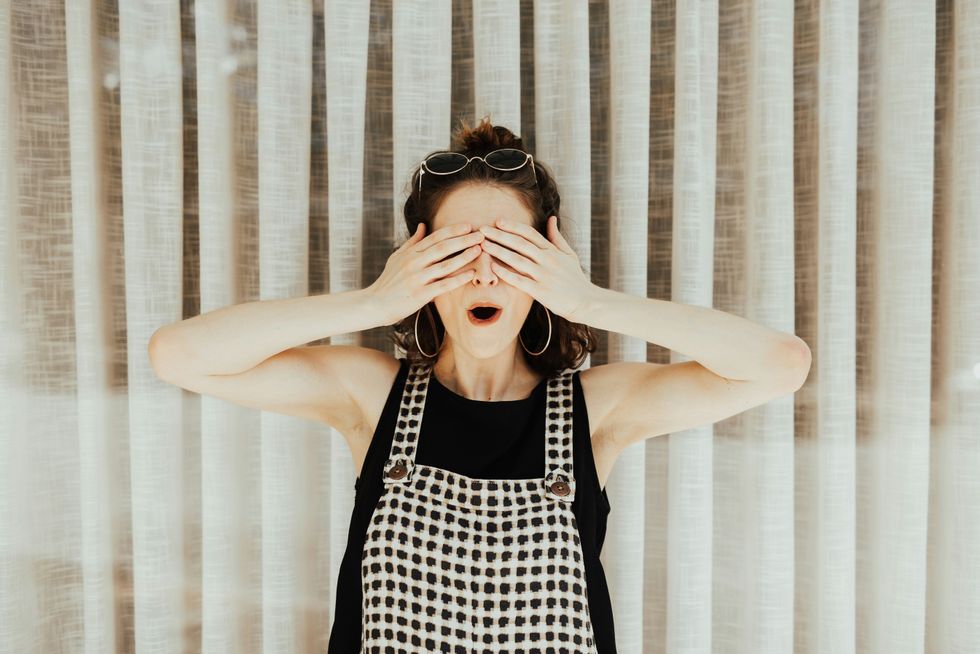 Photo by
Photo by  Photo by
Photo by  StableDiffusion
StableDiffusion
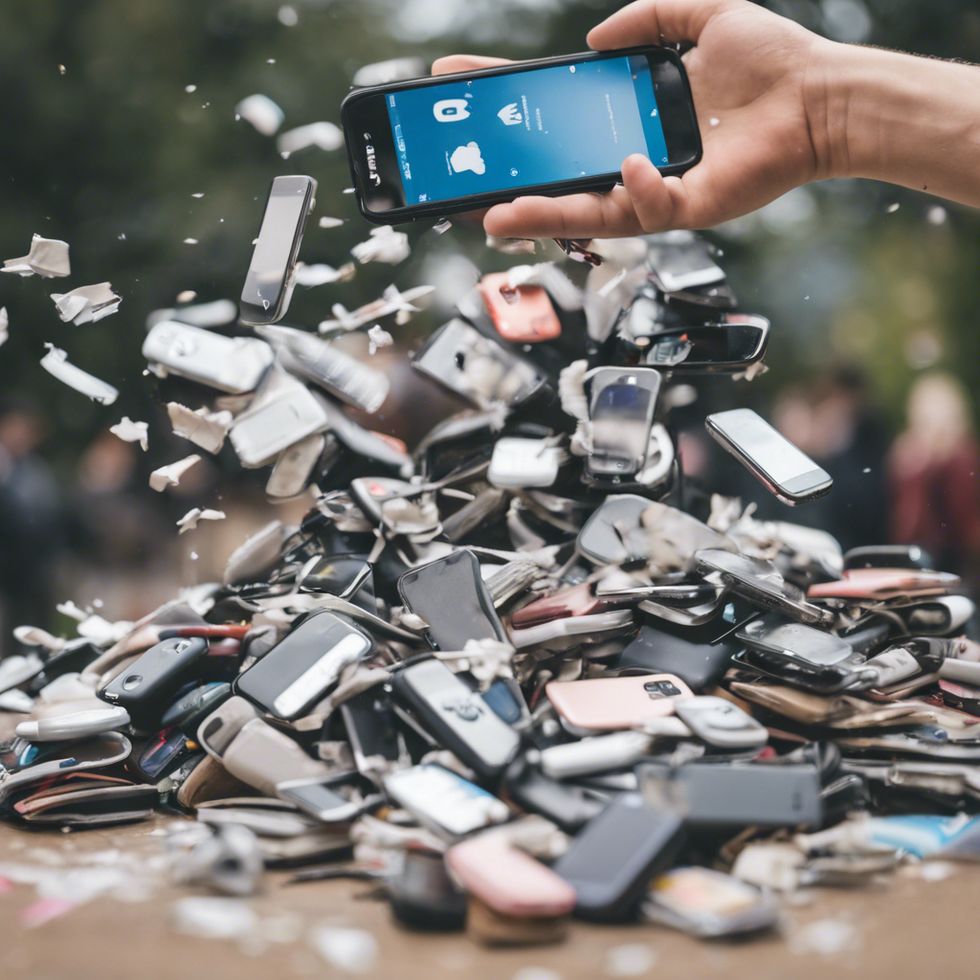 StableDiffusion
StableDiffusion
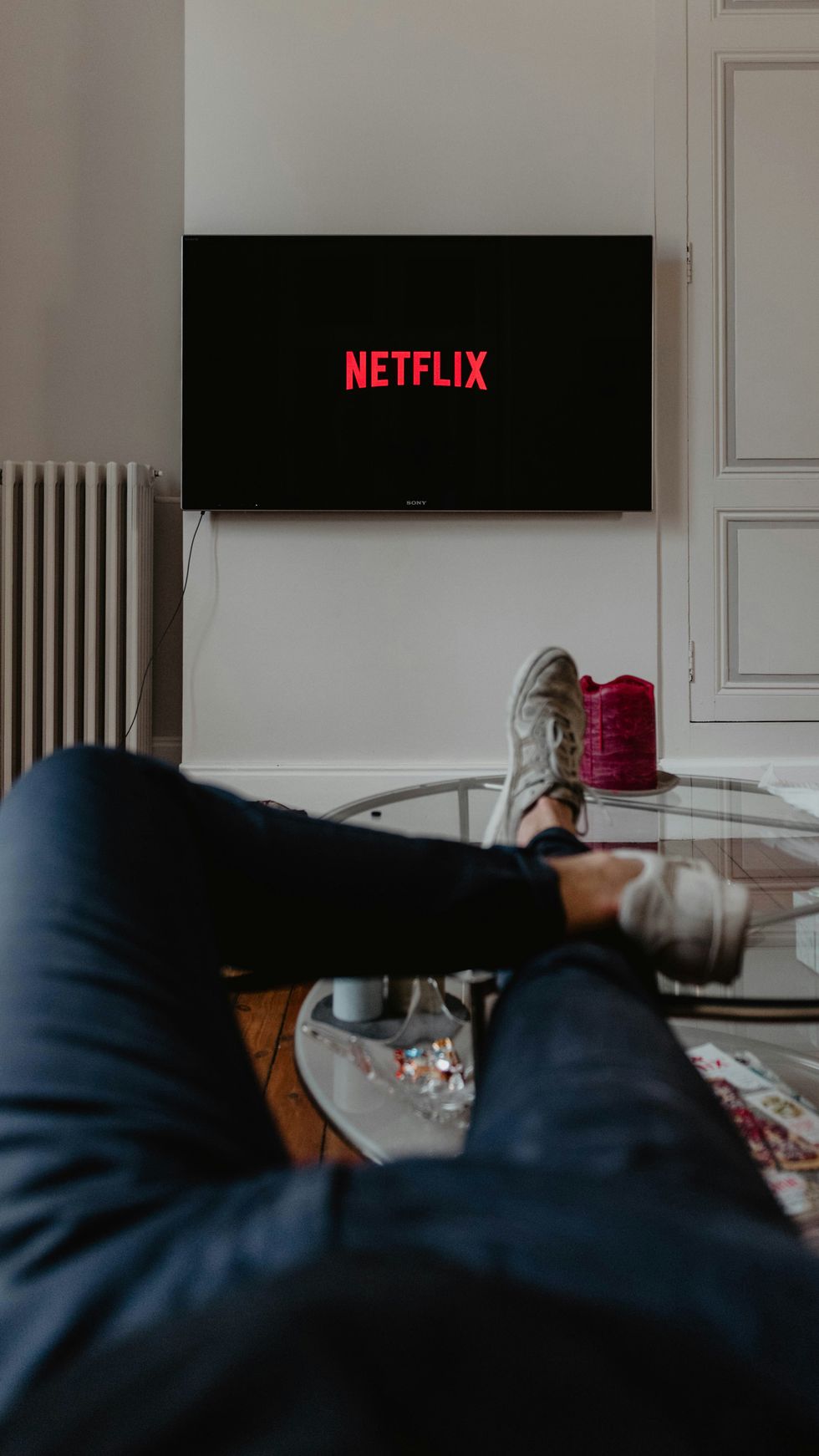 Photo by
Photo by  Photo by
Photo by 


 Lumiere figure at the Disney Store at the Ala Moana Shoppi… | Flickr
Lumiere figure at the Disney Store at the Ala Moana Shoppi… | Flickr








 StableDiffusion
StableDiffusion StableDiffusion
StableDiffusion 10. Extra BlanketsJuwenin Home 100% Cotton Knitted Throw Blanket
10. Extra BlanketsJuwenin Home 100% Cotton Knitted Throw Blanket StableDiffusion
StableDiffusion StableDiffusion
StableDiffusion File:Kishlaru familie.jpg - Wikimedia Commons
File:Kishlaru familie.jpg - Wikimedia Commons Photo by Hanna Balan on Unsplash
Photo by Hanna Balan on Unsplash StableDiffusion
StableDiffusion black blue and yellow round illustrationPhoto by
black blue and yellow round illustrationPhoto by 









